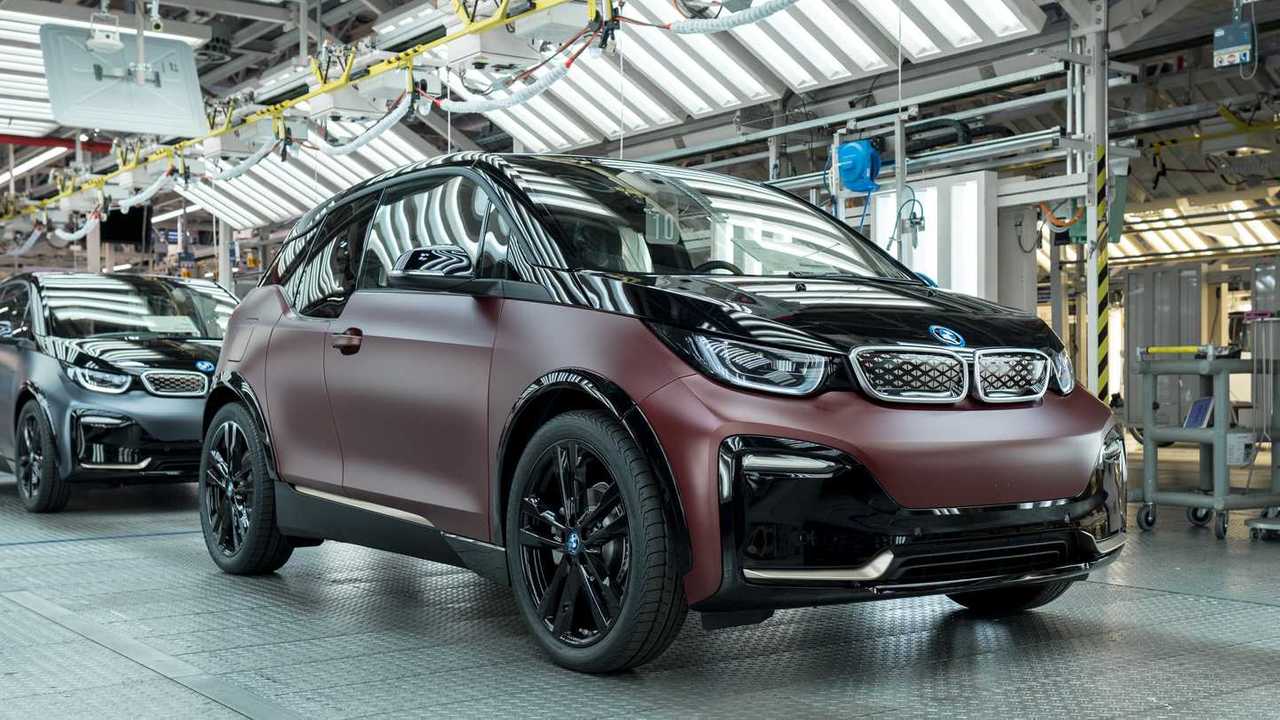BMW’s successor to the i3 will feature a more conventional design, according to BMW development boss Frank Weber. In an interview with German outlet Automobilwoche, Weber stated that the i3 replacement will avoid the polarizing design of its predecessor, which was seen by some as not being a true BMW. This is significant because it confirms that there will be a direct successor to the i3, something that BMW had not previously disclosed. While BMW had announced that production of the i3 would end in 2022 and be succeeded in some markets by the iX1 crossover, the iX1 is larger and has a completely different styling, making it only an indirect and temporary successor. Weber emphasized the need for BMW to bring an affordable, compact car to the market and stated that the company is carefully considering how an entry offering can be part of the Neue Klasse family. The EV market has evolved significantly since the launch of the i3 in 2013, with more options available and advancements in technology. The i3’s unique design garnered a cult following, but also drew criticism from loyal BMW customers. The new EV-focused Neue Klasse architecture will underpin future BMW EVs, offering longer driving ranges, faster charging times, reduced battery costs, and new software functions. Production of the first Neue Klasse EVs is set to begin in 2025 at BMW’s new factory in Hungary. The platform will initially be used for a midsize sedan and midsize SUV, with four more vehicles planned within two years. Despite its unconventional design, the i3 was a successful electric car, with over 250,000 units sold during its nine years of production.
Title: Less Controversial Design Planned for Next-Generation BMW i3
Introduction:
As car manufacturers embrace the shift towards electric mobility, BMW has established itself as a leading player with its innovative i3 electric vehicle (EV). However, the first-generation i3 faced some criticism for its unconventional exterior design, which divided opinions among car enthusiasts. In response to this feedback, BMW has announced its plans to create a less controversial design for the next-generation i3, aiming to enhance its mass appeal while maintaining its eco-friendly ethos.
Design Controversy and Lessons Learned:
The original BMW i3, released in 2013, marked a bold departure from traditional vehicle design language. Adopting an avant-garde approach, the i3 featured an angular body, distinctive “suicide” reverse-opening rear doors, and contrasting dark-colored carbon fiber panels. While some hailed this radical design as refreshing and groundbreaking, others found it polarizing, impacting the model’s mainstream market potential.
Acknowledging the divided opinions, BMW recognized the importance of creating a design that balances eco-consciousness and broader consumer preferences. The Bavarian automaker has learned valuable lessons from the original i3’s design controversy and intends to implement a more universally appealing aesthetic for the next generation.
Less Controversial Design Direction:
According to BMW’s design team, the future i3 will retain its unique identity as a premium electric vehicle while adopting a more mainstream design approach. The revised styling aims to strike a balance between futuristic elements and a more conventional appearance, appealing to a broader customer base without diluting the essence of the i3’s eco-friendly ethos.
One notable change will be a shift toward softer curves and smoother lines compared to the original car’s boxy exterior. By embracing a more organically flowing design, the next-generation i3 is expected to convey a sense of elegance and sophistication that caters to consumers seeking a harmonious blend of eco-consciousness and premium aesthetics.
Enhancements to Interior Comfort and Quality:
Beyond exterior changes, BMW plans to enhance the interior of the i3 to exude a sense of luxury and comfort. Utilizing sustainable, high-quality materials, the cabin will offer a refined and spacious ambiance while introducing the latest technology advancements and driver-assistance features.
By prioritizing ergonomics, BMW aims to create a welcoming and intuitive driving environment within the i3, focusing on user-friendly interfaces and controls. The interior makeover is expected to elevate the overall ride experience and further contribute to the model’s wider acceptance among car buyers.
Conclusion:
BMW’s decision to refine the design of the next-generation i3 marks a strategic move to appeal to a broader demographic while preserving the vehicle’s eco-conscious foundations. By addressing the controversial elements of the initial design and embracing a more conventional approach, BMW aims to attract potential EV buyers who seek both a sustainable and aesthetically pleasing option in the rapidly expanding electric vehicle market.
The upcoming i3 will embrace softer lines and a more elegant exterior, harmoniously combining futuristic elements with wider consumer preferences. Moreover, the interior improvements intend to provide a luxurious and comfortable experience, backed by the latest technological innovations.
With its commitment to electric mobility and continuous improvement, BMW’s evolution in design reflects a strong focus on sustainability without compromising on customers’ desires. The next-generation i3 holds the promise of being a major step forward for BMW in the realm of electric vehicles, affirming the company’s commitment to creating cutting-edge EVs that appeal to a broader audience.

